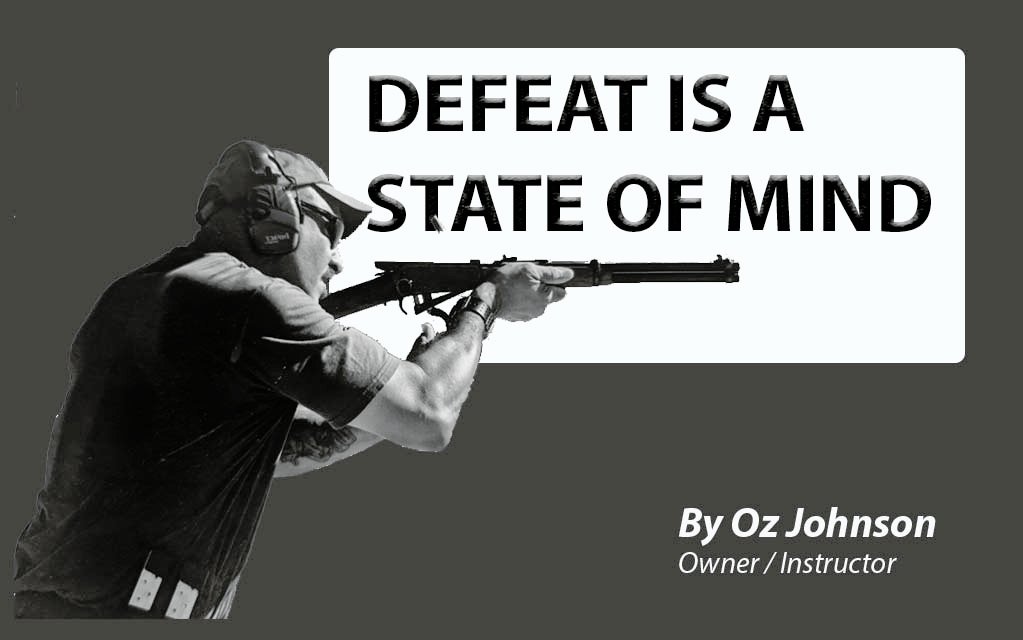Defeat is a state of mind
Mastering Muscle Memory: Transforming Skills into Second Nature

Improving the chances of surviving a gunfight requires more than just the right equipment; it demands an understanding of muscle memory and second nature, crucial concepts frequently emphasized in firearms training.
Muscle memory, a neurological process, enables individuals to unconsciously perform specific motor skills through repetition. Once established, this retention can last indefinitely, provided there are no neurological or physical impairments. Mastering an exercise means the brain is successfully encoding the motor skill information.
Second nature refers to instinctive behaviors developed through consistent repetition. For students involved in firearms training, recognizing the importance of these concepts is vital to enhancing their combat readiness.
Gun owners who neglect to appreciate the fundamentals of muscle memory and second nature may find themselves at a disadvantage. Many assume that simply pointing and pulling the trigger will suffice in a defensive situation. However, this mentality fails to account for the psychological and physiological responses triggered by a threatening encounter. It’s essential to understand how one’s body reacts under stress, as responses will vary based on individual perception of the danger.
Heightened senses often accompany a potential threat, with the physiological “Fight-or-Flight” response amplifying focus while bombarding the mind with an overload of information. In such intense moments, the last thing you want to consciously manage is the operation of your firearm. This is where muscle memory and second nature become invaluable.
Despite the reliability of modern firearms, factors like operator error can disrupt their functioning. Rigorous training and drills are necessary to develop muscle memory that allows for quick resolution of malfunctions.
Training must be thorough and executed with precision to cultivate effective muscle memory. The goal is to make the firearm feel like an extension of the body, enabling instinctual reactions akin to how we intuitively use our fingers or limbs. With adequate practice, handling your weapon can become as seamless as any natural action.
As you sync with your firearm system, you may begin to detect malfunctions or recognize when the weapon is empty without needing to glance at it. This level of awareness takes countless hours of training and extensive practice.
If you are committed to defensive firearm ownership, invest in the necessary mental preparation and physical training to ensure success in critical situations.


















